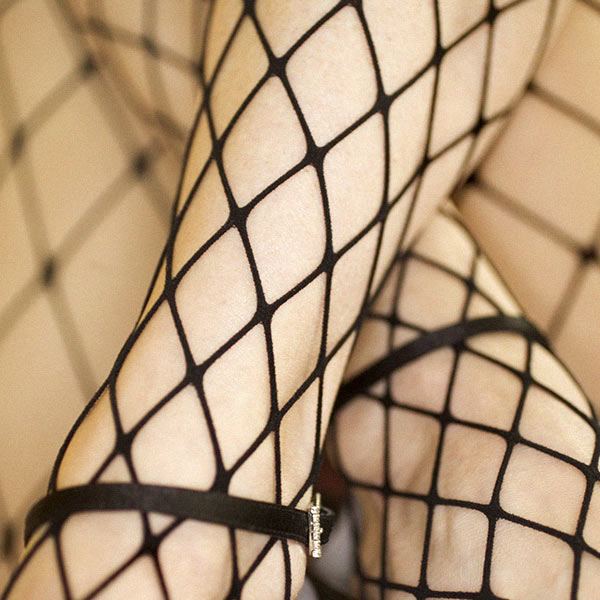
GQ Fashion
Why Is Fashion So Obsessed with the Metaverse?
The year is 2045. You’re walking around Manhattan—provided it’s still above water—wearing a pair of glasses that share data about the people, places, and things around you. You run into a friend. “Fire outfit!” you say, because your friend’s outfit is literally on fire. And while their Balenciaga couture cape is aflame, they seem totally relaxed about it. Because, when you yank those goggles off, you see that your friend is wearing no more than a T-shirt and sweatpants.
This scenario is one possible vision of the metaverse, the nebulous new digital frontier that Silicon Valley can’t stop talking about—and that the fashion world seems equally obsessed by. From Balenciaga to the witty emerging British upstart Stefan Cooke, it seems every fashion house wants to (literally) enter the space. What’s more, Silicon Valley has also been quick to embrace fashion as a cornerstone of its flashy new development: much ado was made of Mark Zuckerberg’s avatar swapping through wardrobe possibilities in the metaverse demo video that his company released in late October to announce their rebrand as “Meta.” All of which is turning two industries that have struggled to connect in a genuine way into unusually zealous collaborators.

But first (and don’t be embarrassed that you have to ask): what is the metaverse? No one can really say yet, because no one knows exactly how it will play out. “What we’re really talking about is the future of the internet,” says Cathy Hackl, the CEO (and Chief Metaverse Officer) of the consultancy Futures Intelligence Group, whom peers often call the “godmother of the metaverse.” She tells me that the first era of the internet—Web 1.0—facilitated the transmission of information, while Web 2.0 connected people, creating the sharing economy dominated by companies like Spotify and Facebook. Now, Hackl explains, “We’re at the evolution of Web 2.0, [and] we’re heading into web 3.0,” which will connect people, locations, and things. “And these people, spaces, and assets can be, sometimes, in a fully virtual synthetic environment.” She’s careful to clarify that the metaverse isn’t something that is owned by or exists on one particular platform—rather, it “is enabled by many different technologies. It’s not one technology and it’s not one company.” And while the metaverse can be experienced in virtual spaces, as what’s typically called “virtual reality,” that’s not the only way we’ll experience it.
So how is that fashion has come to play a significant part in whatever that experience winds up being? Silicon Valley, after all, is notoriously style averse. Long before he was defending Facebook before Congress, Mark Zuckerberg was defending his choice to wear the same T-shirt nearly everyday. And the industry’s plays at blending tech with fashion, like wearable devices or smart fabrics, have largely failed to gain traction, while the luxury industry has historically struggled to keep pace with the internet, adapting slowly to e-commerce.









Leave a Reply